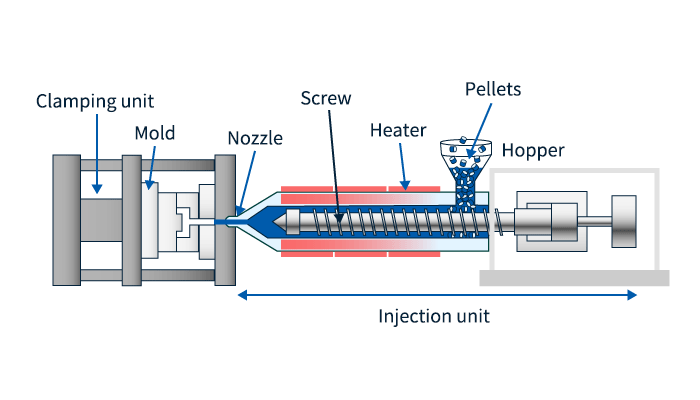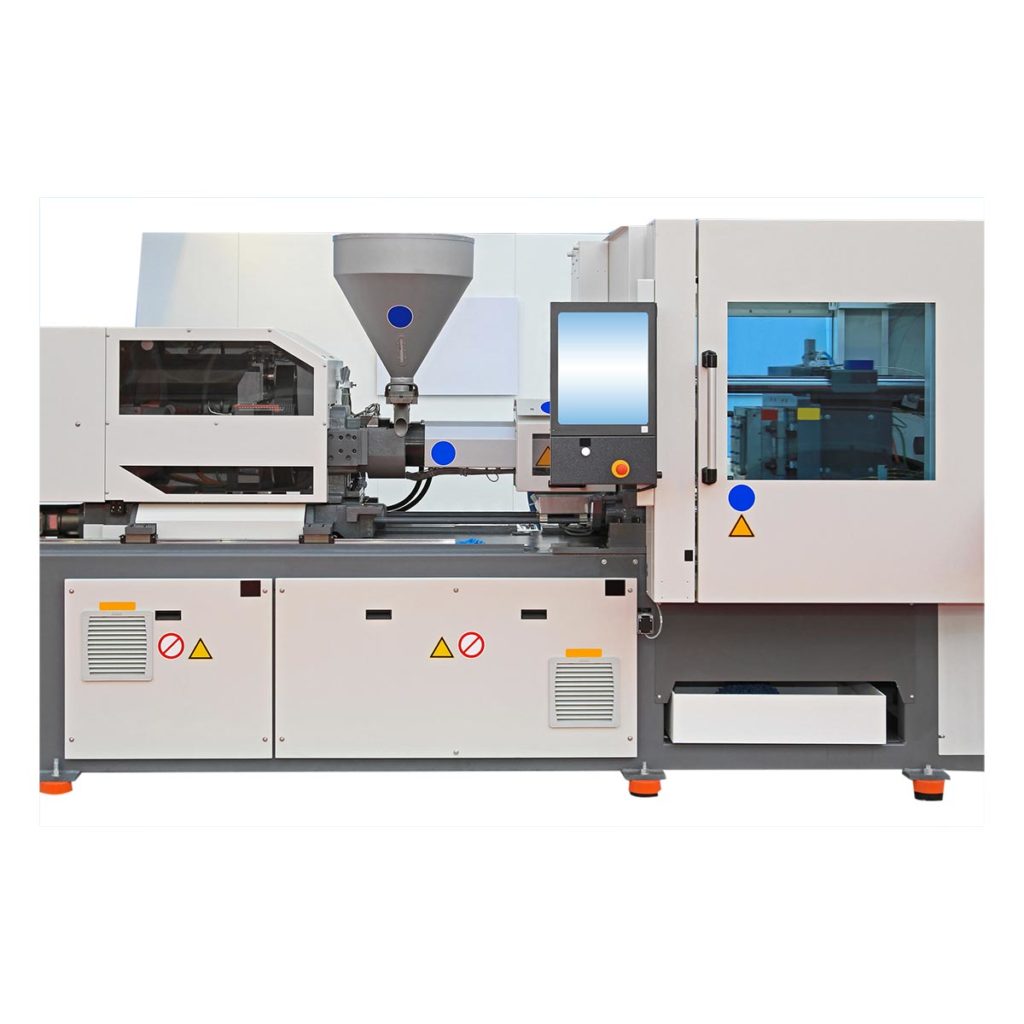Why Plastic Injection Molding Is Necessary for Accuracy and Durability
Recognizing the Essentials of Plastic Injection Molding Processes
Plastic shot molding serves as a cornerstone of modern-day production, supplying a methodical method to producing intricate parts with precision. Exploring these essential components might expose how even small modifications can lead to significant improvements in production results, increasing questions concerning the capacity for development in this established procedure.
What Is Plastic Injection Molding?
Plastic injection molding is an extensively used production process that changes polycarbonate and thermosetting materials right into accurate and intricate shapes. This method is preferred for its ability to generate high quantities of similar get rid of outstanding accuracy, making it an important method in different sectors, consisting of automobile, customer items, and medical tools.
The procedure involves melting the picked plastic product and injecting it into a mold and mildew under high stress. The mold and mildew, developed to the specs of the wanted part, allows the molten plastic to take form as it solidifies and cools. When the material has actually set, the mold is opened, and the finished element is ejected.
Plastic injection molding supplies numerous advantages, including reduced waste, uniformity in production, and the capability to include elaborate styles that might be challenging with other manufacturing techniques. Additionally, it sustains a broad variety of materials, each supplying one-of-a-kind residential or commercial properties that can be tailored for details applications. As industries remain to introduce, plastic injection molding continues to be at the center, allowing the advancement of advanced items that meet advancing consumer demands.
The Shot Molding Process
The injection molding process is an advanced technique that involves numerous essential stages to produce high-quality plastic components. Originally, plastic pellets are fed right into a warmed barrel where they are merged a viscous fluid. This molten plastic is then injected under high pressure into a precision-engineered mold and mildew, which forms the product into the wanted form.
As soon as the mold is filled up, the plastic is permitted to strengthen and cool, taking the form of the mold and mildew tooth cavity. Cooling time is crucial, as it affects the cycle time and the last residential properties of the shaped part. After adequate air conditioning, the mold opens up, and the ended up component is ejected using ejector pins.

Materials Made Use Of in Injection Molding
Different products can be used in the shot molding process, each offering unique homes that accommodate particular applications. One of the most typically used materials consist of thermoplastics, thermosetting plastics, and elastomers.

Thermosetting plastics, like epoxy and phenolic resins, undergo a chemical change during the treating procedure, causing a stiff, stringent structure. These materials are excellent for applications calling for high warmth resistance and structural stability, usually utilized in vehicle components and electrical insulators.
Elastomers, consisting of silicone and rubber-based products, give versatility and strength. Their unique residential or commercial properties make them suitable for applications that demand flexibility, such as gaskets and seals.
Additionally, specialty materials like bio-based plastics and composites are obtaining grip for their environmental advantages and enhanced performance characteristics, widening the range of shot molding applications in different industries. Comprehending the buildings of these materials is vital visit their website for picking the appropriate kind for particular jobs.
Benefits of Injection Molding
Shot molding stands out as a very efficient production procedure that offers countless benefits for generating complicated components with accuracy. One of the most substantial advantages is the capacity to develop intricate styles that would certainly be challenging or difficult to attain with other methods (Plastic Injection Molding). The procedure permits thorough functions and limited resistances, guaranteeing top quality parts
In addition, injection molding is understood for its rapid production abilities, making it an excellent option for high-volume production. Once the mold and mildew is developed, parts can be created swiftly, decreasing lead times and increasing total efficiency. This effectiveness not just decreases production costs yet additionally supplies an affordable edge out there.
The adaptability of materials made use of in injection molding better boosts its charm. A large range of thermoplastics and thermosetting polymers can be employed, permitting suppliers to select products that ideal satisfy their certain demands, consisting of warm, versatility, and stamina resistance.
Furthermore, the process reduces waste, as excess product can usually be recycled and recycled. This sustainability facet adds to a minimized ecological influence, making injection molding a liable production selection. In general, the benefits of shot molding make it a recommended method for numerous industries.
Aspects Affecting Item Top Quality
While various factors can influence item high quality in injection molding, understanding these elements is crucial for attaining optimum outcomes. Trick facets include material option, processing criteria, and mold and mildew layout.
Product choice plays an important duty, as various polymers exhibit unique properties that influence flowability, strength, and thermal stability. Inadequate material selection can bring about issues such as bending or insufficient dental filling.
Handling parameters, including cycle, temperature level, and pressure time, have to be diligently managed. Variants in these settings can cause incongruities partly measurements and surface finish. As an example, excessively heats may trigger destruction of the polymer, while poor pressure can cause short shots.
Mold and mildew design is equally essential, as it figures out the flow of the molten plastic and the cooling process. Improperly designed molds may result in uneven cooling prices, resulting in dimensional mistakes and residual tensions.

Conclusion
Finally, plastic shot molding acts as an important production process Source that makes it possible for the reliable production of premium elements. Mastery of the shot molding process, including the understanding of products and the impact of various elements on product quality, is essential for achieving optimum outcomes. The benefits of this method, such as cost-effectiveness and style adaptability, additional emphasize its relevance throughout multiple markets, solidifying its standing as a preferred option for high-volume production.
Plastic shot molding serves as a cornerstone of modern manufacturing, offering a systematic approach to producing complicated parts with accuracy.Plastic shot molding provides a number of benefits, consisting of lowered waste, consistency in production, and the ability to integrate complex styles that may be challenging with other manufacturing methods (Plastic Injection Molding). As markets continue to innovate, plastic shot molding stays at the leading edge, enabling the advancement of advanced products that satisfy evolving customer demands
The injection molding process is an innovative method that includes a number of key phases to create high-quality plastic elements.In conclusion, plastic injection molding offers as a critical production procedure that makes it possible for the efficient manufacturing our website of high-quality components.